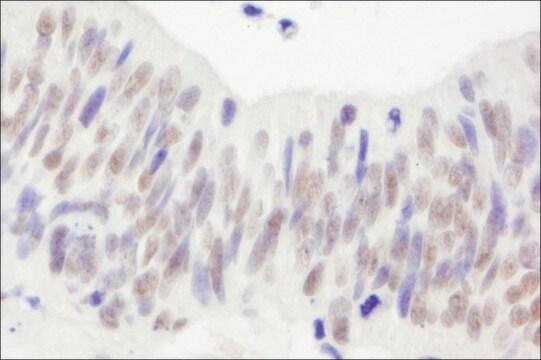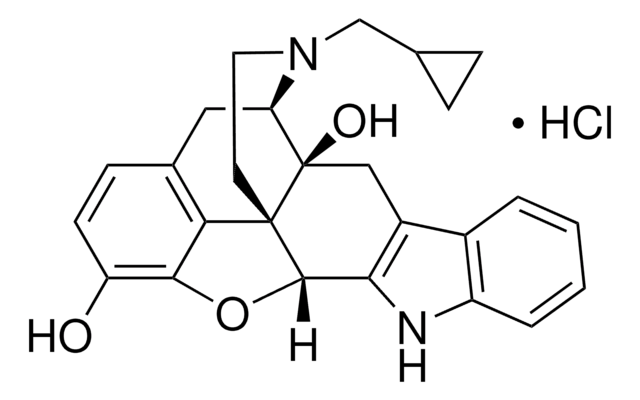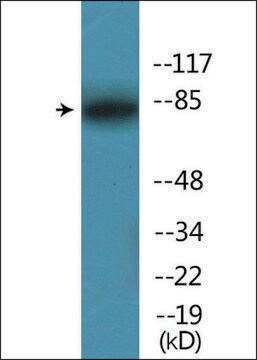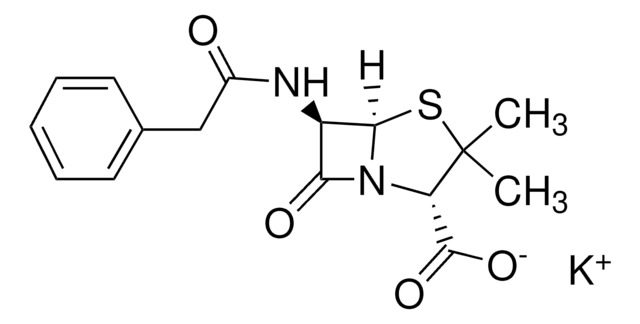PLA0057
Rabbit anti-Mre11 Antibody, Affinity Purified
Powered by Bethyl Laboratories, Inc.
Sinónimos:
AT-like disease, ATLD, DNA recombination and repair protein, HNGS1, MRE11, MRE11 double strand break repair nuclease A, MRE11 homolog, MRE11 homolog 1, MRE11 homolog A, MRE11 meiotic recombination 11 homolog A, MRE11 meiotic recombination 11 homolog A (S. cerevisiae), MRE11 meiotic recombination 11-like protein A, MRE11B, double strand break repair nuclease A, endo/exonuclease Mre11, meiotic recombination (S. cerevisiae) 11 homolog A, meiotic recombination 11 homolog 1, meiotic recombination 11 homolog A
About This Item
Productos recomendados
origen biológico
rabbit
Nivel de calidad
forma del anticuerpo
affinity purified immunoglobulin
tipo de anticuerpo
primary antibodies
grado
Powered by Bethyl Laboratories, Inc.
reactividad de especies
human
técnicas
immunohistochemistry: 1:1,000-1:5,000
western blot: 1:1,000- 1:5,000
nº de acceso
NP_005582.1
Nº de acceso UniProt
Condiciones de envío
wet ice
temp. de almacenamiento
2-8°C
modificación del objetivo postraduccional
unmodified
Información sobre el gen
rabbit ... Mre11(4361)
Inmunógeno
Forma física
Otras notas
Cláusula de descargo de responsabilidad
¿No encuentra el producto adecuado?
Pruebe nuestro Herramienta de selección de productos.
Código de clase de almacenamiento
12 - Non Combustible Liquids
Clase de riesgo para el agua (WGK)
nwg
Punto de inflamabilidad (°F)
Not applicable
Punto de inflamabilidad (°C)
Not applicable
Elija entre una de las versiones más recientes:
Certificados de análisis (COA)
It looks like we've run into a problem, but you can still download Certificates of Analysis from our Documentos section.
Si necesita más asistencia, póngase en contacto con Atención al cliente
¿Ya tiene este producto?
Encuentre la documentación para los productos que ha comprado recientemente en la Biblioteca de documentos.
Nuestro equipo de científicos tiene experiencia en todas las áreas de investigación: Ciencias de la vida, Ciencia de los materiales, Síntesis química, Cromatografía, Analítica y muchas otras.
Póngase en contacto con el Servicio técnico








